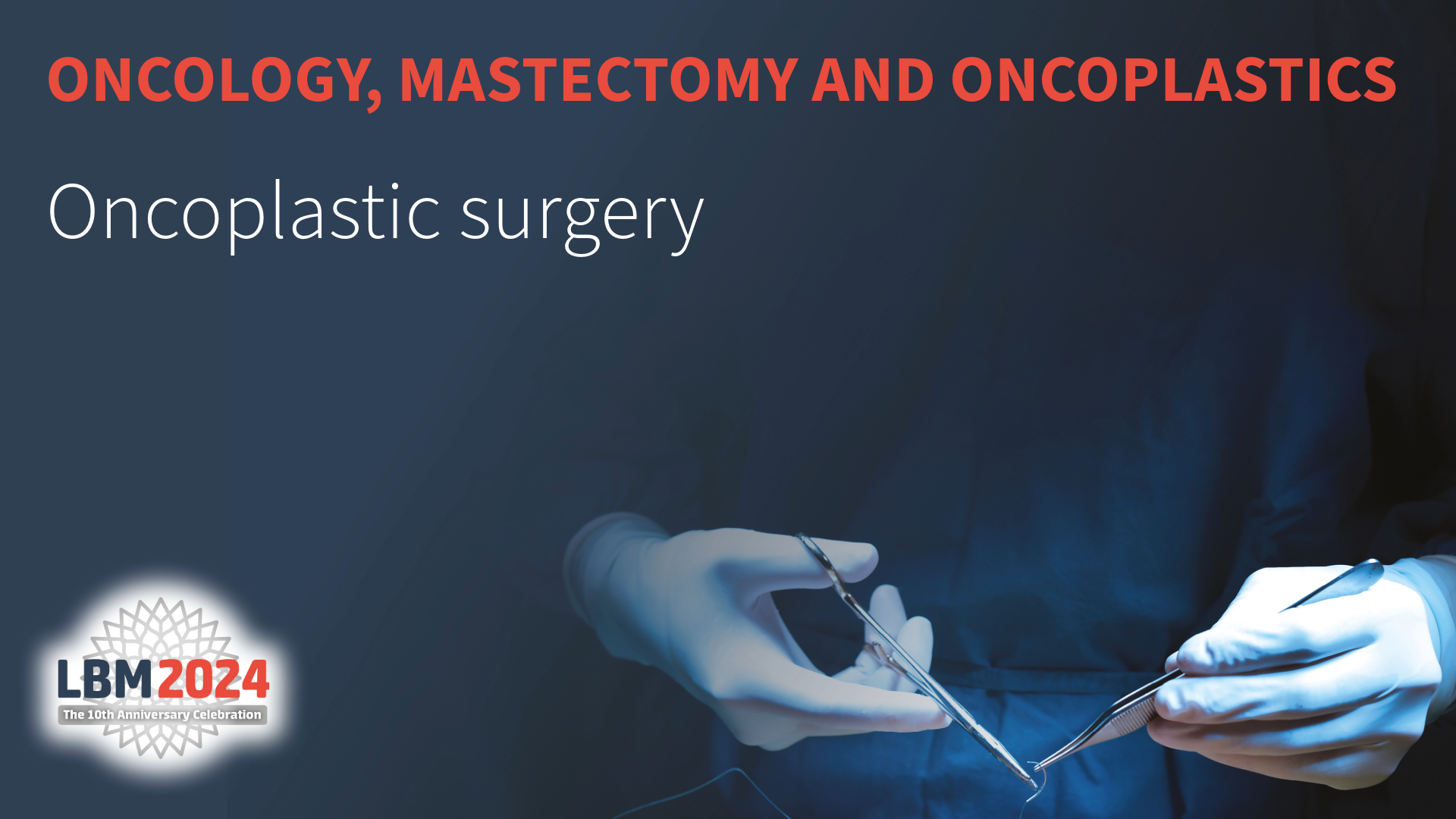Breast Oncology Update
10 July 2024
This session from the London Breast Meeting 2024 includes several presentations on breast oncology.
The session is chaired by Ash Kothari & Christoph Tausch. The presentations in this video are:
Register now to continue watching
We hope you are enjoying the ARBS Net Video Library. To continue learning from leading breast and plastic surgeons, please see below to create an account.
What's included
- Extensive video library from the London Breast Meeting (dating back to 2015)
- Complex cases and surgical technique videos
- Interviews and webinars from industry leaders
International, CPD certified conference that assembles some of the world’s most highly respected professionals working in the field of aesthetic and reconstructive breast surgery today.




